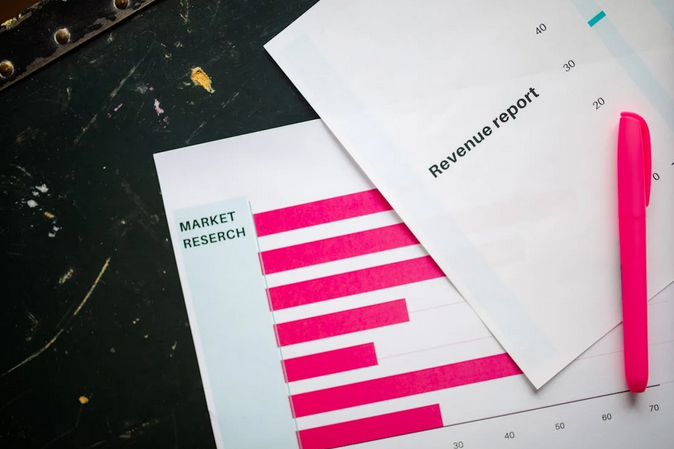Crafting a sales page that converts is an art form many marketers aspire to master. Yet, there are hidden elements that can elevate your page from ordinary to extraordinary. These aren’t just tips you’ll find in every eBook or blog post; they’re the secret ingredients that make a real difference. Imagine capturing attention with stunning visuals while seamlessly guiding visitors toward a purchase.
In this source talking about Sales Page Conversion Rate Optimization, you’ll learn that it’s about creating an experience, not just pushing products. The right mix of interactive features and persuasive messaging can turn casual browsers into loyal customers. Now, let’s explore those elusive components that could be the game-changer for your sales strategy. Each one plays its part in maximizing engagement and driving conversions—so pay close attention.
Interactive Elements
Interactive elements transform a static sales page into an engaging experience. Think quizzes, calculators, or sliders that invite users to explore your offerings actively. When visitors can interact with your content, they feel more invested. A simple quiz can help them find the perfect product tailored to their needs. This personalization builds a connection and encourages them to take action. Consider incorporating videos where potential buyers can see products in action. Interactive demos let users visualize how something fits into their lives. The more immersive the experience, the higher the likelihood of conversion.
Microcopy

Microcopy refers to those small bits of text that guide users through their online journey. Think of buttons, tooltips, and error messages. These tiny snippets pack a punch. Crafting effective microcopy is an art form. It’s about clarity and warmth in just a few words. When done right, it builds trust and enhances the user experience. Consider this: a simple “Oops! Something went wrong” can make frustrations feel more manageable. This kind of language humanizes your brand. Microcopy also offers opportunities for humor or personality that resonate with users. A lighthearted tone can turn mundane interactions into memorable experiences.
Scarcity Messaging
Scarcity messaging taps into a psychological trigger. When people perceive that something is limited, their desire often intensifies. This technique can elevate urgency and prompt quicker decision-making. Limited-time offers or exclusive deals create a sense of missing out. Phrases like “only three left” or “sale ends soon” spark immediate action. Customers don’t want to regret missing an opportunity. However, authenticity matters. Overusing scarcity can backfire if customers feel manipulated. It’s essential to balance genuine limitations with effective marketing strategies. Consider integrating countdown timers on your sales page. They visually reinforce the idea of urgency while enhancing engagement.

Anchor Pricing
Anchor pricing is a powerful strategy that plays with perceptions. By presenting a higher-priced item first, you set an anchor in the buyer’s mind. This makes subsequent prices seem more reasonable. It’s like when you’re walking into a store and seeing a luxury watch priced at $1,200. Next to it lies another watch for $800. Suddenly, that second price feels like a bargain, even though it’s still significant. This technique leverages comparison psychology. It nudges your audience toward making decisions they might otherwise hesitate about. The key is to ensure the anchor product aligns well with what you’re offering while creating that sense of value. Effective use of anchor pricing can drive conversions significantly when done right.
Sales pages are not just about flashy graphics or persuasive copy. They require a thoughtful blend of elements that work together to capture attention and drive conversions. It’s about creating an experience that resonates deeply with your audience’s needs and desires while steering them toward action. Implement these ingredients wisely for results you can measure—your conversion rates may just thank you for it.
